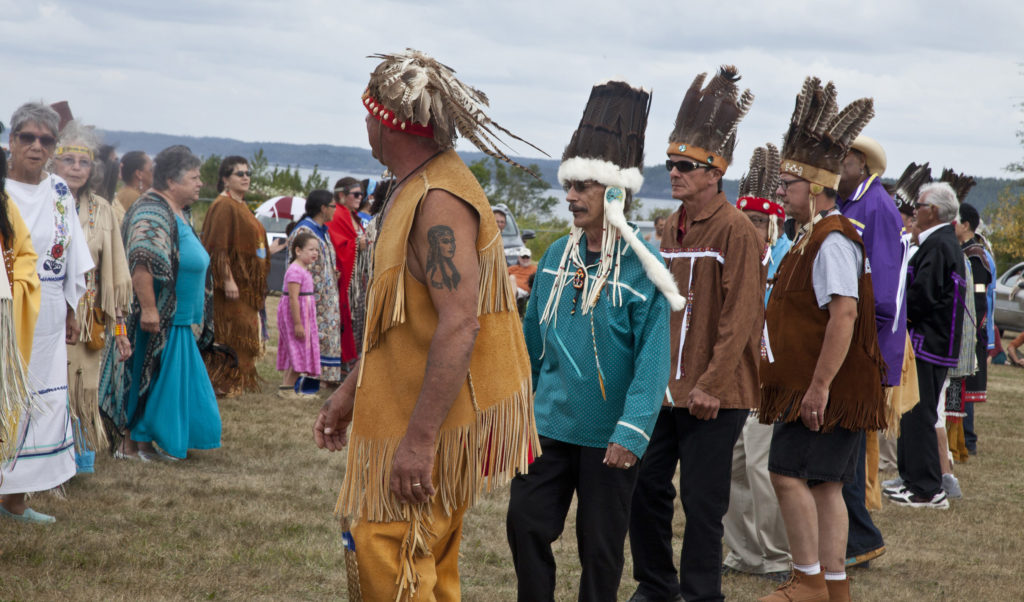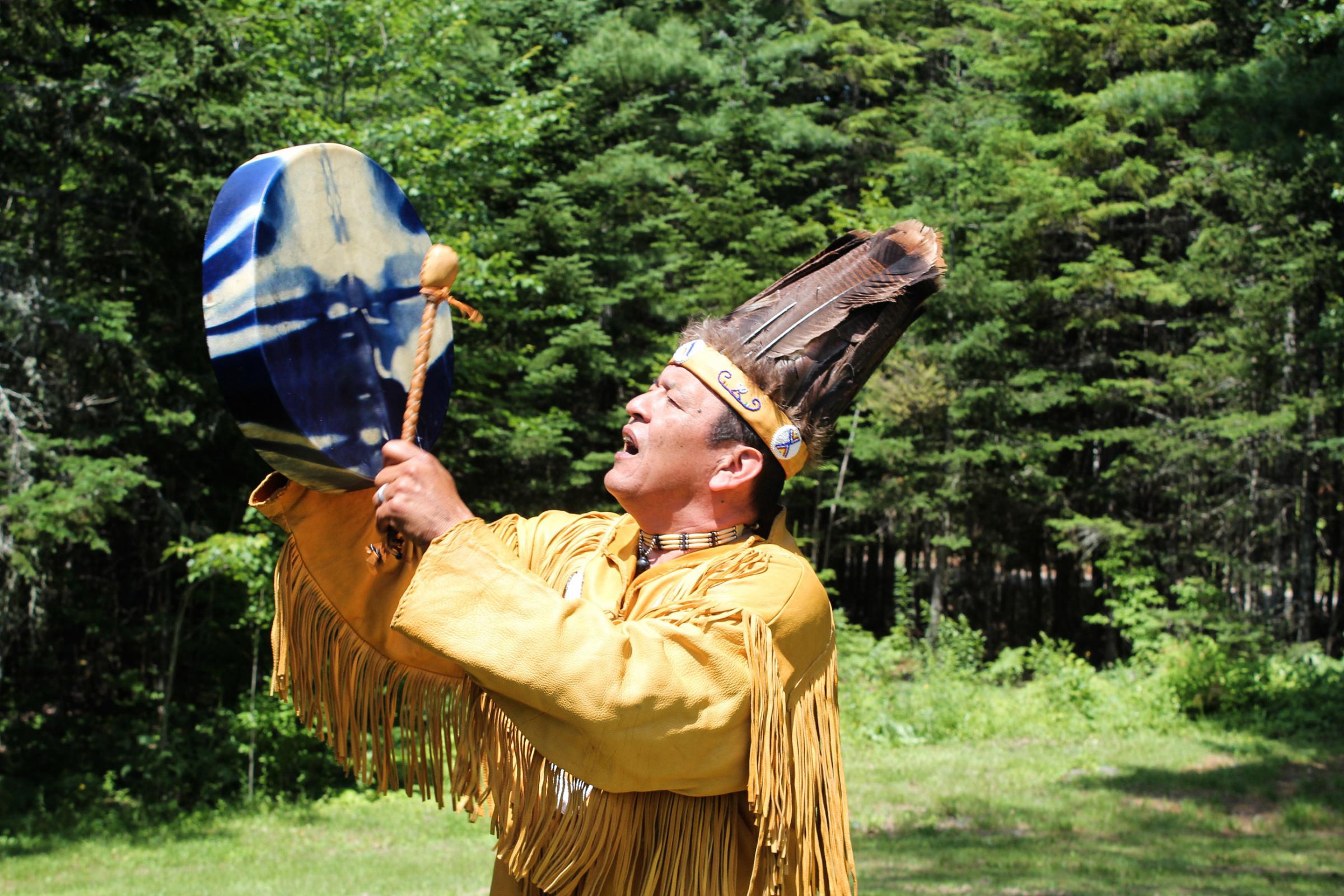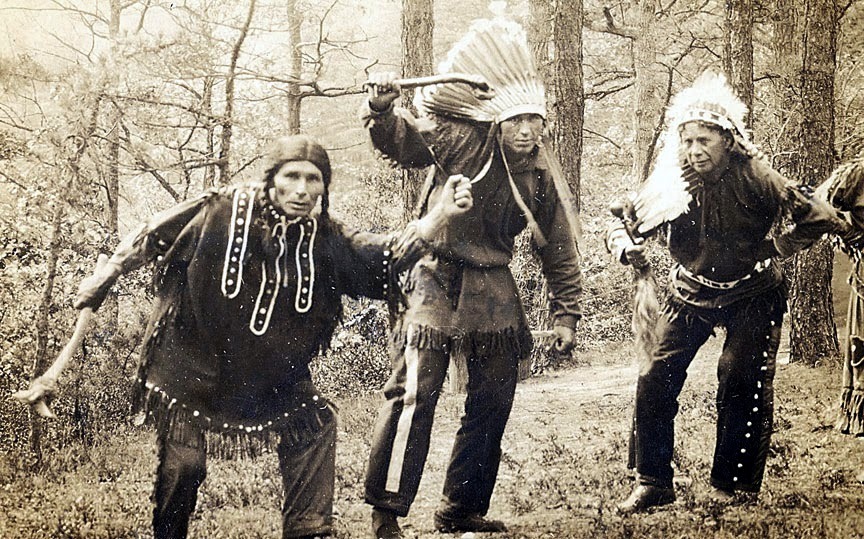
Guardians of the Dawnland: The Passamaquoddy Tribe’s Enduring Struggle and Triumphant Revival of Language and Coastal Heritage
Along the rugged, tide-swept coast of what is now Maine, where the Atlantic whispers ancient stories against granite shores, resides a people whose history is as deeply etched into the landscape as the glaciers that once carved it. The Passamaquoddy Tribe, known in their own tongue as the Peskotomuhkati, or "those who spear pollock," are one of the four nations of the Wabanaki Confederacy, the "People of the Dawnland." For over 12,000 years, their presence has graced the waterways and forests of the St. Croix River watershed and Passamaquoddy Bay, a testament to an enduring connection to their ancestral lands and waters. Today, from their two principal communities of Sipayik (Pleasant Point) and Motahkomikuk (Indian Township), the Passamaquoddy are engaged in a profound and inspiring journey: a vibrant revival of their language and a steadfast preservation of their unique coastal heritage, blending ancient wisdom with modern resilience.
The Passamaquoddy narrative is one of profound resilience in the face of immense adversity. Their history is not merely a chapter in Maine’s story, but a foundational epic that predates colonial encounters by millennia. Before European arrival, the Peskotomuhkati lived a sophisticated seasonal life, moving between coastal fishing grounds, inland hunting territories, and agricultural plots. Their governance was intricate, their spiritual beliefs deeply intertwined with the natural world, and their language, Passamaquoddy-Maliseet, was the vibrant vessel of their culture, laws, and knowledge.
The arrival of European settlers, particularly the French and later the English, ushered in an era of dramatic change and hardship. Treaties were signed, often broken, and tribal lands steadily diminished. The Passamaquoddy, like other Indigenous peoples across North America, faced the devastating impacts of disease, warfare, and forced assimilation policies, including the infamous boarding school system designed to "kill the Indian to save the man." These policies directly targeted the heart of Passamaquoddy identity: their language. Children were punished for speaking their native tongue, creating a generational trauma that pushed the language to the precipice of extinction. By the mid-20th century, the number of fluent Passamaquoddy speakers had dwindled alarmingly, primarily confined to a handful of respected elders.
"When a language dies," a tribal elder once remarked, a sentiment echoed across Indigenous communities, "a whole way of seeing the world dies with it. It’s not just words; it’s our history, our humor, our relationship with the land and with each other. It’s the soul of our people." Recognizing this existential threat, the Passamaquoddy community embarked on a determined mission to reclaim and revitalize their linguistic heritage, understanding that the health of their language is inextricably linked to the health of their culture and their future.
The language revival effort is a multi-faceted endeavor, powered by an unwavering commitment from tribal leadership, dedicated educators, and passionate community members. One of the most significant achievements has been the creation of the Passamaquoddy-Maliseet Language Portal, an online dictionary and phrasebook that serves as an invaluable resource for learners worldwide. This digital archive, a collaboration between tribal members and linguists, includes thousands of words, audio pronunciations by fluent speakers, and traditional stories, making the language accessible in unprecedented ways. It’s a testament to how modern technology can serve ancient traditions.

Beyond digital tools, immersion is key. At Sipayik, the Wabanaki Cultural & Language Center is a hub of activity, offering language classes for all ages, from toddlers to adults. Programs focus on creating environments where the language is not just studied, but lived. Children in tribal schools are taught in Passamaquoddy, ensuring that the next generation grows up with the sounds and structures of their ancestral tongue as a natural part of their daily lives. Master-apprentice programs pair fluent elders with younger learners, fostering intergenerational knowledge transfer and strengthening community bonds. These programs are vital, as they capture the nuances, inflections, and cultural context that no textbook alone can convey.
The language revival is more than just learning vocabulary; it’s about reclaiming a worldview. Passamaquoddy is a polysynthetic language, meaning that words are often formed by combining many morphemes (meaningful units), allowing for incredibly precise and descriptive expressions. For instance, the way the language describes nature often reflects a deep understanding of ecological relationships and the interconnectedness of all living things, a stark contrast to more noun-heavy European languages. Learning Passamaquoddy helps individuals understand their environment, their history, and their identity through a distinctly Indigenous lens.
This linguistic resurgence is intrinsically tied to the preservation of their coastal heritage. The Passamaquoddy have always been people of the water. Their knowledge of the tides, currents, and marine life of Passamaquoddy Bay is unparalleled, passed down through generations. Traditional fishing, clamming, and sustainable harvesting practices are not just economic activities but cultural expressions. The tribe is actively involved in monitoring and protecting marine resources, drawing on both scientific data and centuries of traditional ecological knowledge. This includes advocating for their inherent rights to manage and benefit from the resources within their traditional territories, a struggle that continues today with the State of Maine.
One of the most iconic expressions of Passamaquoddy coastal heritage is their exquisite basketry. Crafted from brown ash splints and adorned with sweetgrass, these baskets are not merely utilitarian objects but works of art, imbued with stories and cultural significance. The arduous process of finding suitable ash trees, processing the wood, and weaving the intricate patterns requires immense skill and patience. The revival of basketry, alongside canoe building and other traditional crafts, ensures that these tangible links to their ancestors remain vibrant and continue to be passed down. These crafts also provide economic opportunities, allowing tribal members to sustain themselves while preserving their culture.
The Passamaquoddy’s journey is also one of ongoing self-determination and the assertion of sovereignty. The Maine Indian Claims Settlement Act of 1980, while returning some land and providing federal recognition, also established a unique legal framework that has created ongoing challenges regarding tribal jurisdiction and self-governance. The tribe continues to advocate for greater authority over their lands, resources, and people, asserting their inherent rights as a sovereign nation. This advocacy extends to environmental stewardship, particularly concerning the health of Passamaquoddy Bay and the St. Croix River, which are facing new threats from climate change, pollution, and industrial development. Sea-level rise, ocean acidification, and changing fish migration patterns directly impact their traditional food sources and way of life.
Despite these contemporary challenges, the spirit of the Peskotomuhkati remains indomitable. The success of their language revival efforts serves as a powerful beacon of hope and a model for other Indigenous communities globally. It demonstrates that with dedication, community engagement, and a profound respect for elders and youth alike, a language can be pulled back from the brink and once again thrive.
Looking to the future, the Passamaquoddy Tribe envisions a future where their language is spoken fluently by all generations, where their coastal heritage is not only preserved but actively lived, and where their sovereignty is fully recognized and respected. Their story is a powerful reminder that culture is not static; it is a living, breathing entity that adapts and evolves while staying true to its roots. The whispers of the Dawnland, carried on the salt-laced wind of the Maine coast, are growing louder, telling tales of an ancient people who are not just surviving, but flourishing, their voices echoing across millennia, resolute and strong.

